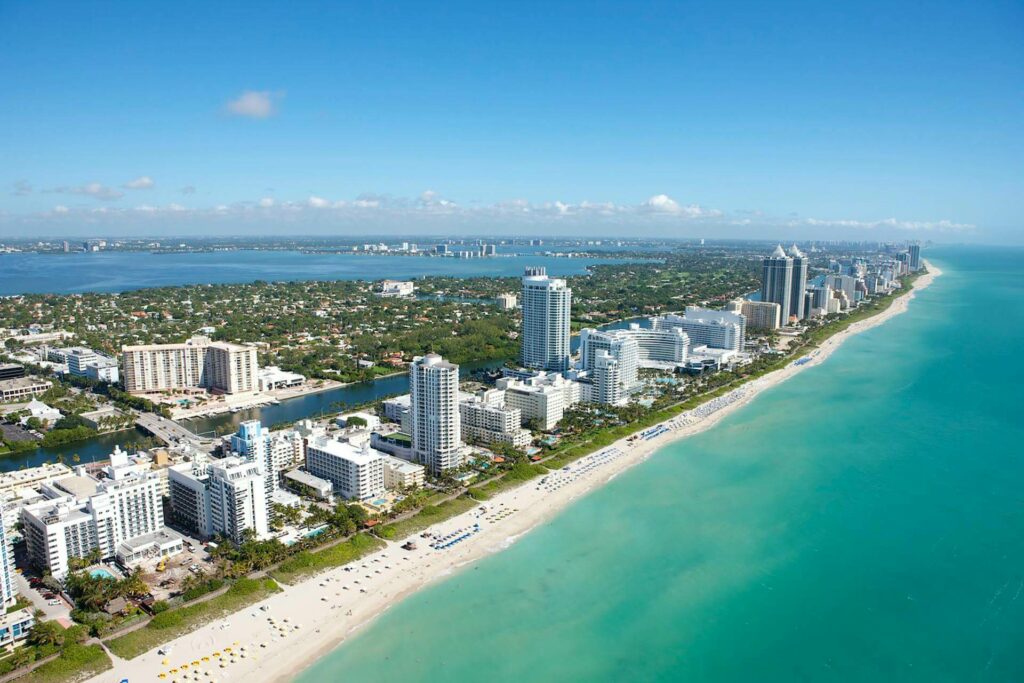A few years ago the U.S. banks still offered a number of different loan programs. They differed in fixed interest rates, proof of liability, repayment arrangements, maturities and other features.
Nowadays there are still a number of different financing options, but the financing banks now limit themselves to only the basic models, the “ARMs”. “ARM” stands for Adjustable Rate Mortgage, i.e. a variable-rate mortgage loan. Since these loans possibly function very differently than the variable programs you may know from your home country, here is an explanation:
In general: Adjustable rate mortgages can be fixed for a term of 1, 3, 5, 7, or 10 years. All these programs have the following features in common:
- They are all intended to have a maximum contractual term of 30 years.
- In most cases, you do not have a prepayment penalty, this means that they are partially or fully repayable without any type of penalty interest accruing.
- They have an initial fixed interest rate for the first few years. This depends on the programs chosen for 1 year, 3 years, 5 years, 7 years or 10 years.
- Also within the interest period one has the option to prematurely repay at any point.
- After the end of each period, the interest rate can adjust once every year - either up or down, depending on the market development.
- The interest rate, which is then set for the following year, is not subject to the whim of the financing bank, but is made up from the current index and the fixed margin contracts.
- The 1 year LIBOR, which is publicly recorded, usually acts as an index.
- The margin is fixed by contract and is - according to the bank - usually between 2.75% and 3.5%. The margin stays at the same level for the entire term.
Take, for example, a “5 year ARM”: Here the interest rate can adjust for the first time after 5 years. In order for the borrower to be protected from a surprising increase in interest from a corresponding market development, the ARM provides a limit on the interest rate, called “Caps”, for example your loan could have a 2/5 Cap. Using this cap, the interest rate can be adjusted by a maximum of 2% up OR down after five years – depending on the market development (the indices). Over the remaining term of 25 years, it can adjust once every year. The fixed margin of the contract (see above) serves as a “floor” or as a lower limit.
For the upper limit the second cap comes into effect that is the 5%. The interest can therefore only rise to a maximum of 5% over the initial rate all together during the remaining term. Important: You can repay at any time without incurring any penalty interest. This means that you can make an increased payment every month for example, as it provides for an increased series of payments, or a single payment whenever your liquidity allows. The corresponding loan balance reamortizes immediately. The interest portion of the monthly payment decreases, the principal portion increases, the duration reduces in time. But: The annuity will only be calculated the next time the interest rate adjusts. For example after the initial fixed rate of 5 years and thereafter every 12 months.




